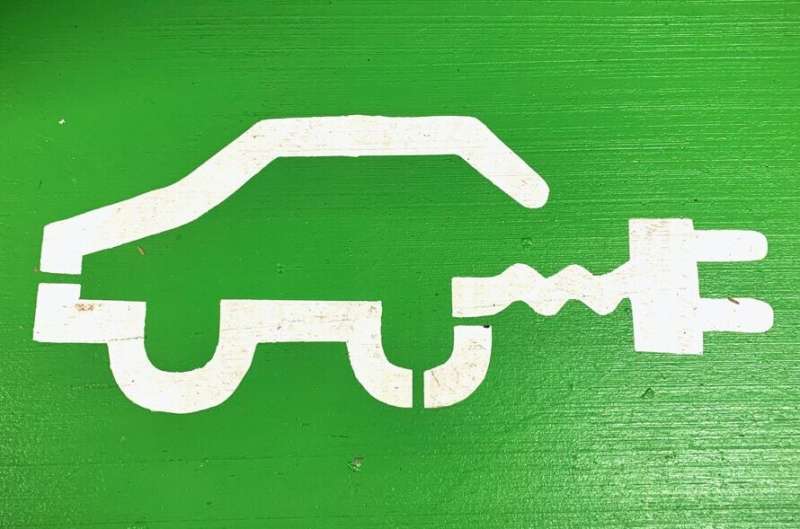
A new concept—the "grid of grids"—is revolutionizing the way we think about energy.
In essence, the grid of grids signifies a shift from a single unified energy network to a collection of smaller networks, capable of operating together or independently as required. It can create a flexible and resilient energy infrastructure that could help contribute to a sustainable future.
In our recent research, we explored the integration of smaller-scale renewable energy systems (microgrids) with a fleet of electric vehicles (EVs).
Under the grid of grids concept, national and international energy infrastructure would become part of a dynamic network. Each point in this network would represent a smaller hub—a community, town or even business district.
EVs would be part of this network, not merely extracting power but actively participating in a reciprocal energy exchange. This approach turns every EV into a decentralized power unit, capable of contributing to and benefiting from the broader energy system.
But how can communities achieve this? Smart community energy solutions are the key.
Understanding microgrids
A microgrid is essentially a self-sufficient energy system that provides power for a particular geographic area, such as a university, hospital complex, business center or neighborhood.
Microgrids ensure that even in times of disruptions, communities can keep the lights on. They are flexible, adaptive—and, importantly, they can empower local groups to take control of their energy destiny.
Smart microgrids take this a step further. They leverage advanced information and communications technologies, such as sophisticated sensors and automated control systems, and the Internet of Things (a network of devices that connect and exchange data with other devices and systems over the internet). This enables smart microgrids to optimize energy distribution and ensure efficiency.
Our recent research examined the economic viability of microgrids across all 16 regions of Aotearoa New Zealand using the "Stochastic Microgrid Optimisation Under Uncertain Loads and Distributed Energy Resources" (SMOULDER) web tool.
SMOULDER represents a five-year project that investigated the role of artificial intelligence in optimizing microgrids.
The SMOULDER web tool helps determine the optimal size of various microgrid configurations. The technologies considered are solar panels, wind turbines, batteries and hydrogen microgrids for neighborhoods and communities. SMOULDER also evaluates the economic impact of EV charging patterns during peak or off-peak times.
How do EVs fit into the puzzle?
When an EV is parked, it can do more than merely wait for its next journey. It can integrate into the local microgrid, actively contributing by channeling unused stored energy back into the system.
This can enhance the efficiency of energy utilization. It can also allow us to harness the potential of variable renewable sources such as solar and wind.
So, when an EV is not in use, and the local microgrid is experiencing peak demand, it transfers the excess energy back into the grid.
Conversely, during periods of light load, such as the middle of the night with excess wind power, the EV intelligently charges, ensuring a sustainable and efficient exchange within the community microgrid.
This strategic and dynamic interaction optimizes energy usage within the community microgrid, providing both economic and environmental benefits.
A buffer against fluctuating prices
Microgrid solutions, enhanced by the collaboration with EVs, offer a pathway to significant cost savings. By harnessing local, renewable resources, these systems reduce reliance on centralized power grids, mitigating the impact of fluctuating energy prices.
The grid of grids concept enables microgrids to achieve greater economic self-sufficiency, establishing a buffer against the uncertainties of the broader energy market.
Establishing microgrids and building towards the grid of grids has a cost that will need to be managed by individuals, organizations and communities. But once established, these grids will have broader benefits as Aotearoa New Zealand moves towards a sustainable future.
This article is republished from The Conversation under a Creative Commons license. Read the original article.![]()
Citation: Driving a greener future: how your electric car could help power your neighborhood (2023, November 28) retrieved 28 November 2023 from https://techxplore.com/news/2023-11-greener-future-electric-car-power.html
This document is subject to copyright. Apart from any fair dealing for the purpose of private study or research, no part may be reproduced without the written permission. The content is provided for information purposes only.
